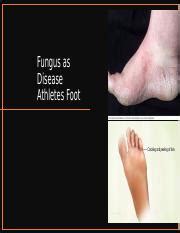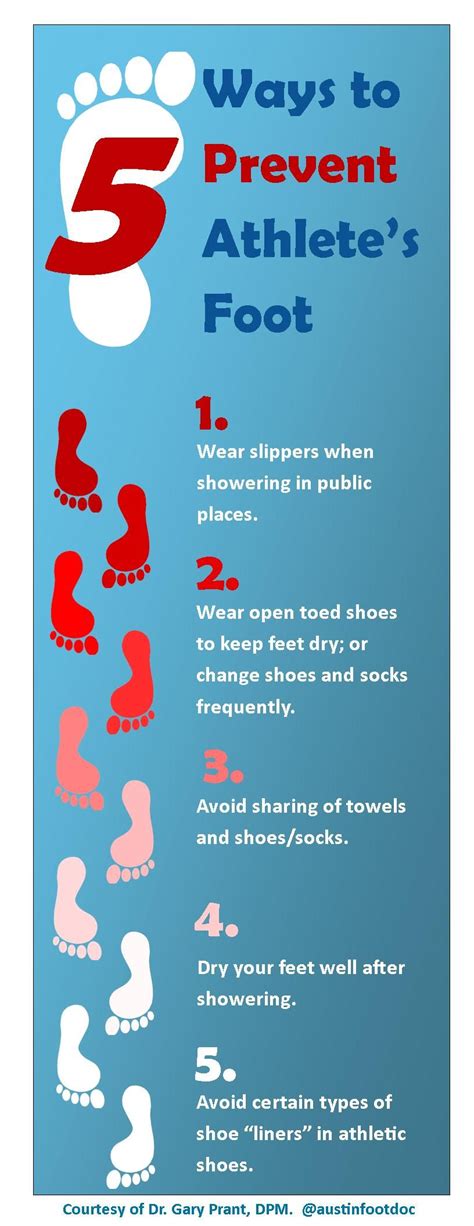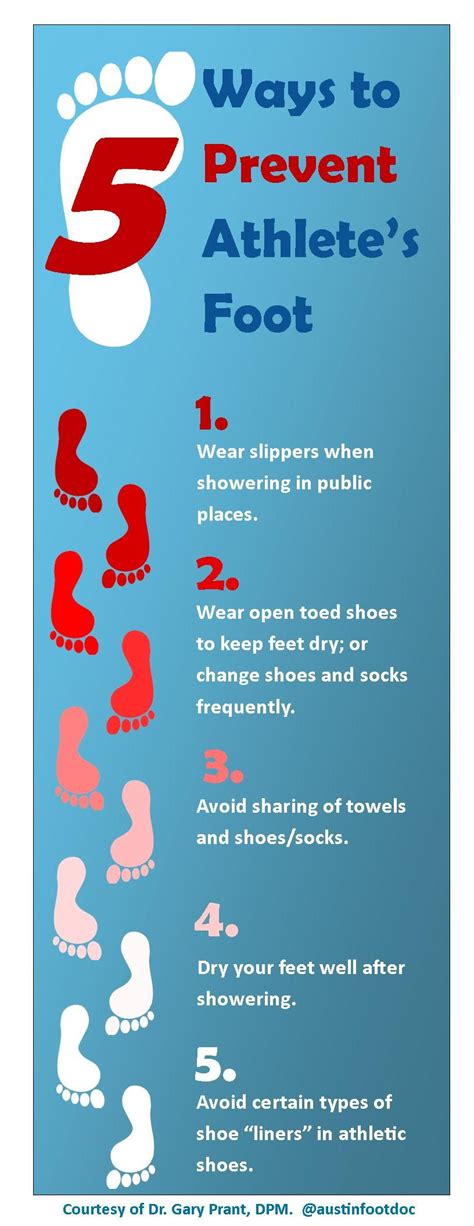Intro
Discover 5 effective ways to beat athletes foot, a common fungal infection, using natural remedies, over-the-counter treatments, and preventative measures to alleviate symptoms and promote foot health, including antifungal creams and good hygiene practices.
Athlete's foot, also known as tinea pedis, is a common fungal infection that affects the feet. It is characterized by itching, burning, and cracking of the skin, and can be quite uncomfortable. Athlete's foot is highly contagious and can be spread through direct contact with an infected person or by walking barefoot in areas where the fungus is present. If left untreated, athlete's foot can lead to more serious complications, such as bacterial infections and fungal nail infections. In this article, we will discuss five ways to beat athlete's foot and prevent it from coming back.
The importance of treating athlete's foot cannot be overstated. Not only can it cause significant discomfort and pain, but it can also lead to more serious health problems if left untreated. Furthermore, athlete's foot can be a sign of an underlying health issue, such as a weakened immune system or poor foot hygiene. By understanding the causes and symptoms of athlete's foot, individuals can take steps to prevent it and treat it effectively. In addition, there are many natural remedies and over-the-counter treatments available that can help to alleviate the symptoms of athlete's foot and promote healing.
Athlete's foot is a common problem that affects millions of people worldwide. It is estimated that up to 70% of people will experience athlete's foot at some point in their lives. The good news is that athlete's foot is highly treatable, and there are many effective ways to prevent it from coming back. By practicing good foot hygiene, using antifungal medications, and wearing breathable shoes, individuals can reduce their risk of developing athlete's foot. In this article, we will discuss five ways to beat athlete's foot and provide tips and advice on how to prevent it from coming back.
Understanding Athlete's Foot

Causes and Risk Factors

5 Ways to Beat Athlete's Foot

- Practicing good foot hygiene, such as washing the feet daily and drying them thoroughly, especially between the toes
- Using antifungal medications, such as creams, powders, or sprays, to treat the infection
- Wearing breathable shoes, such as sandals or shoes made from natural materials, to reduce moisture and prevent the growth of fungi
- Changing socks regularly, especially after exercising or sweating, to prevent the buildup of moisture
- Using a foot powder or spray to absorb moisture and reduce the risk of fungal growth
Practicing Good Foot Hygiene
Practicing good foot hygiene is one of the most effective ways to prevent athlete's foot. This includes washing the feet daily and drying them thoroughly, especially between the toes. It is also important to trim the toenails regularly and to avoid sharing personal care items, such as towels or nail clippers. By practicing good foot hygiene, individuals can reduce their risk of developing athlete's foot and prevent the infection from coming back.Using Antifungal Medications
Using antifungal medications is another effective way to treat athlete's foot. There are many over-the-counter antifungal medications available, including creams, powders, and sprays. These medications can help to alleviate the symptoms of athlete's foot and promote healing. It is important to follow the instructions carefully and to use the medication for the full recommended course of treatment. Additionally, individuals can use natural remedies, such as tea tree oil or garlic, to help treat athlete's foot.Preventing Athlete's Foot

- Wearing socks made from natural materials, such as cotton or wool
- Avoiding sharing personal care items, such as towels or nail clippers
- Disinfecting surfaces and equipment, such as showers and locker rooms
- Avoiding walking barefoot in public areas, such as pools or locker rooms
Treatment Options

Conclusion and Next Steps

We hope this article has provided you with valuable information and insights on how to beat athlete's foot. If you have any questions or comments, please feel free to share them with us. Additionally, if you found this article helpful, please share it with your friends and family to help spread awareness about athlete's foot.
What is athlete's foot?
+Athlete's foot, also known as tinea pedis, is a common fungal infection that affects the feet.
How is athlete's foot spread?
+Athlete's foot can be spread through direct contact with an infected person or by walking barefoot in areas where the fungus is present.
How can I prevent athlete's foot?
+Practicing good foot hygiene, wearing breathable shoes, and using antifungal medications can help prevent athlete's foot.
What are the symptoms of athlete's foot?
+The symptoms of athlete's foot include itching, burning, and cracking of the skin, and can range from mild to severe.
How is athlete's foot treated?
+Athlete's foot can be treated with over-the-counter antifungal medications, prescription medications, and natural remedies, such as tea tree oil or garlic.
